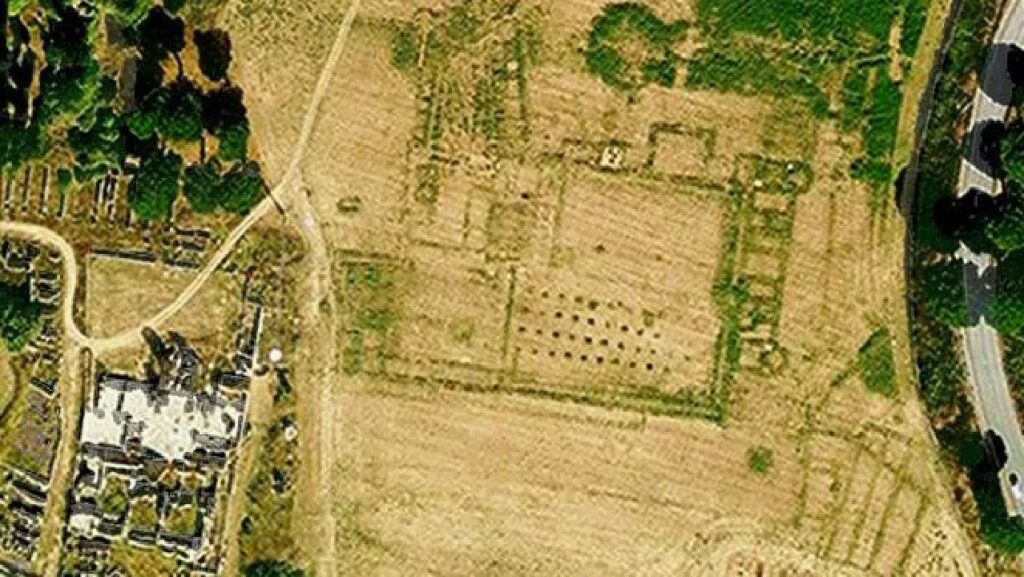Buried Roman basilica at Ostia Antica spotted by Google Earth
The slight bump of the grassy field in Ostia Antica close to Rome is just that for the untrained eye: archaeologist Marcello Turci it is a pointer to an amazing discovery; a large chunk of ancient Roman property, the size of two football pitches, lurking centimeters below the ground.

“That’s the praetorium — the residence of the imperial perfect,” he says, “and just beyond, under the daisies, is a large basilica.”
The smart use of electrical sensors, some ancient sources, and Google Earth, Ostia Antica, the excavated, sprawling Roman city that rivals Pompeii is about to get bigger.
The buildings set to emerge in the unassuming field on the edge of town could also change the way historians view the once-bustling port at the mouth of the Tiber.
Boasting 100,000 residents in its heyday, Ostia Antica vanished under silt from the Tiber as the Roman Empire faded, before being dug up by Mussolini in the 1930s, allowing visitors today to wander streets lined with former restaurants, shops, homes, and a theatre.
Digging was halted during World War II, but in 2007 researchers checking Google Earth images noticed that strange lines and dots had emerged in a field just beyond the excavated thermal baths at the Porta Marina gate into the city.
“The lines were formed by differences in vegetation, influenced by what lay below, which had become more evident due to a dry summer,” Mr. Turci said.
Backed by the University of Aix-Marseille and French research body CNRS, he and his colleagues merged images provided by Google with others from search engine Bing to get a better idea but also went back to ancient sources.
They recalled that a fourth-century chronicler had mentioned a forum built-in Ostia by the emperor Aurelian in the late third century and an adjacent praetorium, built later, neither of which had been found.
Magnetic sensors and electrified metal probes — inserted in the field to create an underground map based on the path taken by the current — did the rest.
“We are looking at a large open area flanked on one side by a 30m by 60m building with five naves divided by rows of columns, which are the dots we saw from space,” Mr. Turci said. “It was likely used as a court and was part of the forum complex the source describes.
“We know the emperor Tacitus, the successor to Aurelian, donated 100 columns to Ostia, and this would explain where they went.”
Also revealed by the vegetation is the ghostly outline of the praetorium, with semicircular extensions from the facade typical of such buildings.
Maria Rosaria Barbera, director of the site, will oversee digging if funding arrives, and Mr. Turci said the discoveries would help to counter the view that Ostia went into decline shortly after the sacking of Rome in AD410, and that the city entered the sixth-century with its civic life still going.





